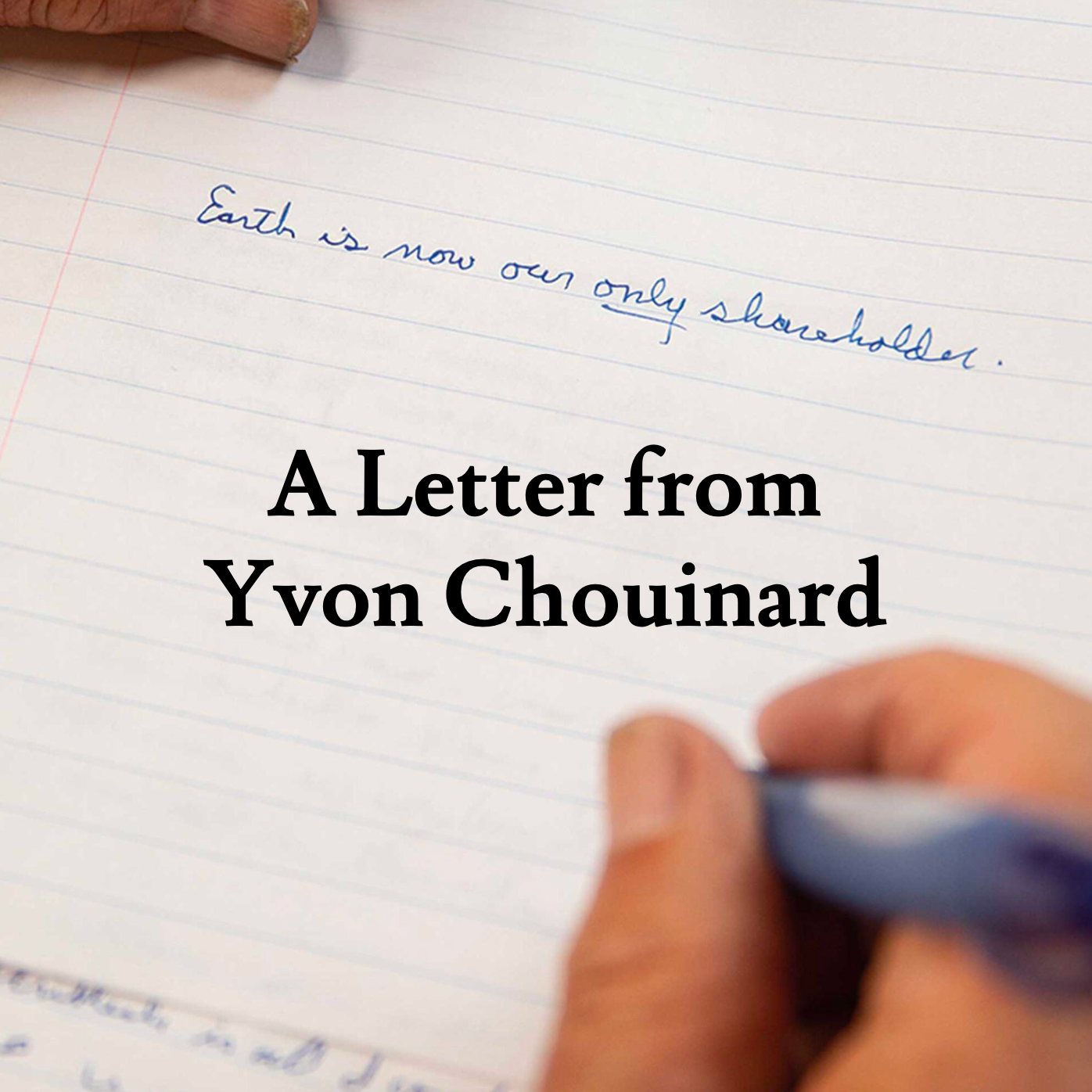Now comes proposals for mining at the very source of Martuwarra. The Phillips Range, the headwaters of the catchment, is being opened up to mining tenements in areas where few ecological or cultural heritage surveys have been conducted.
Despite its importance, its uniqueness, and the pressing threats to its culture and ecology, few in Australia knew much at all about Martuwarra until the dawning weeks of 2023, when a low-pressure system built up around the central Kimberley.
Such storms are not uncommon during the monsoon, but this cell hung in the region for days and dropped a huge amount of rain, throwing all records out in what was described by the WA government as the “worst flood” in the state’s recorded history.
For weeks, communities were cut off with wildlife and livestock devastated by the deluge. The Kimberley itself became, as some in the media dubbed it, “an island within an island,” with submerged and, in some areas, completely destroyed roads isolating it even further from the rest of the country.
Much has been written about the flood, this “once in a century” event. How the River peaked at over 15 metres, engulfing the bridge at the town of Fitzroy Crossing. How the floodplain bloated to 50km wide. And how, at one point, 60,000 cubic metres of water ran through the system every second, resulting in the inevitable comparison of east coasters – for context sake – of how quickly this flow could fill Sydney Harbour. The answer? A mind boggling two-and-a-half hours.
But perhaps one figure, provided by the Bureau of Meteorology, captured just how awe inspiring this event really was. As the River in flood peaked, more water passed down that system in 24 hours than the city of Perth – a population of two million people – uses in 20 years.
Now over six months from the floods, the region continues to recover, and important questions are being raised about how to address land, water, and food security in the coming years. “The Bureau of Meteorology has predicted we will see more intense rain over shorter periods,” said Professor Poelina. “Despite the recovery phase following the recent floods, it is impossible to imagine how we can recover without a total reset. It cannot be business as usual.”
“We believe Martuwarra is a vital life support system for our nation and to the world,” continued Professor Poelina, highlighting the recent launch of the Martuwarra River Keepers, a new workforce of traditional custodians.
Using Indigenous science, the Martuwarra River Keepers is an independent and community-led initiative which aims to “repair and regenerate Martuwarra and defend against water inequity, fracking and climate change.”
“Investing in our young leaders demonstrates we are ensuring their right to inter-generational equity and their due inheritance in the continuation of culture and Country. These young leaders are passionate about sharing their stories and the Martuwarra with the world.”
Find out more about the Martuwarra River Keepers here.



















